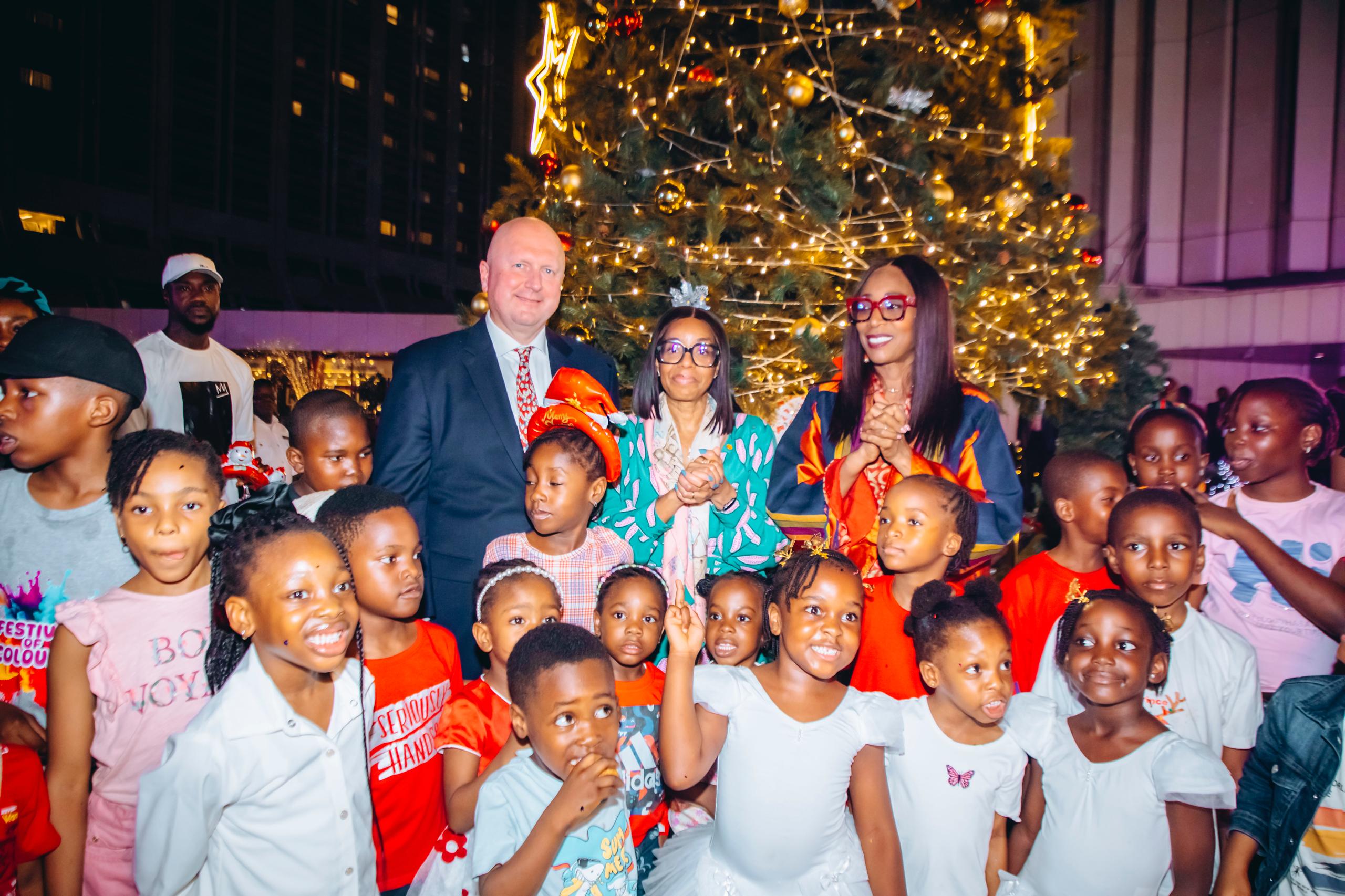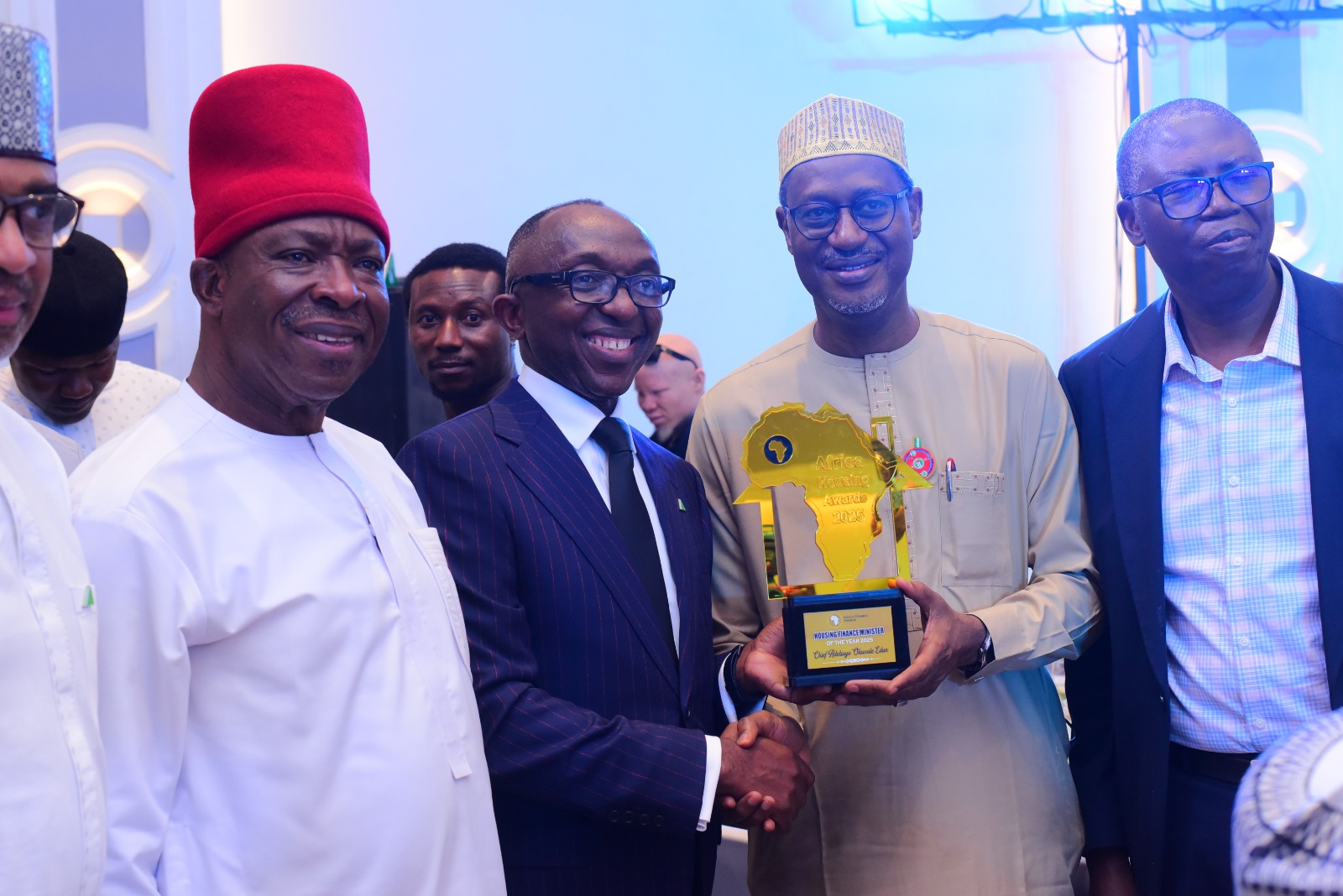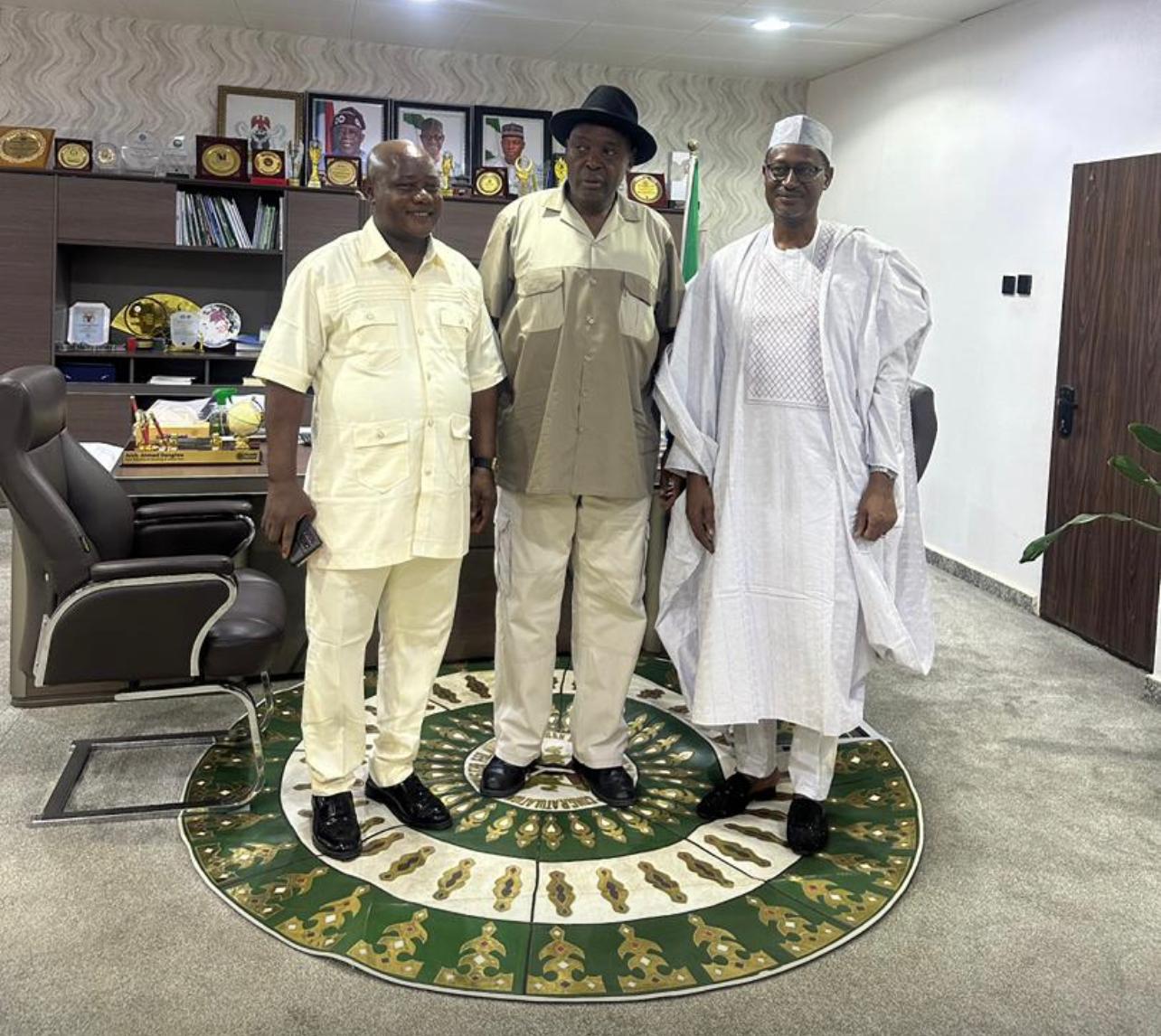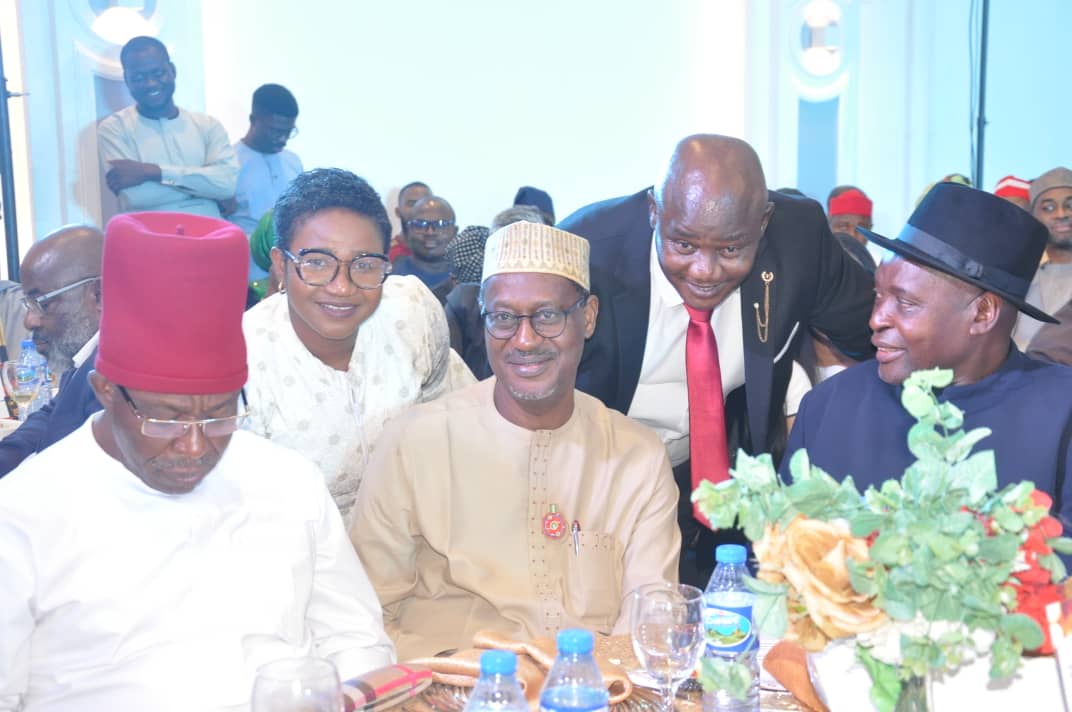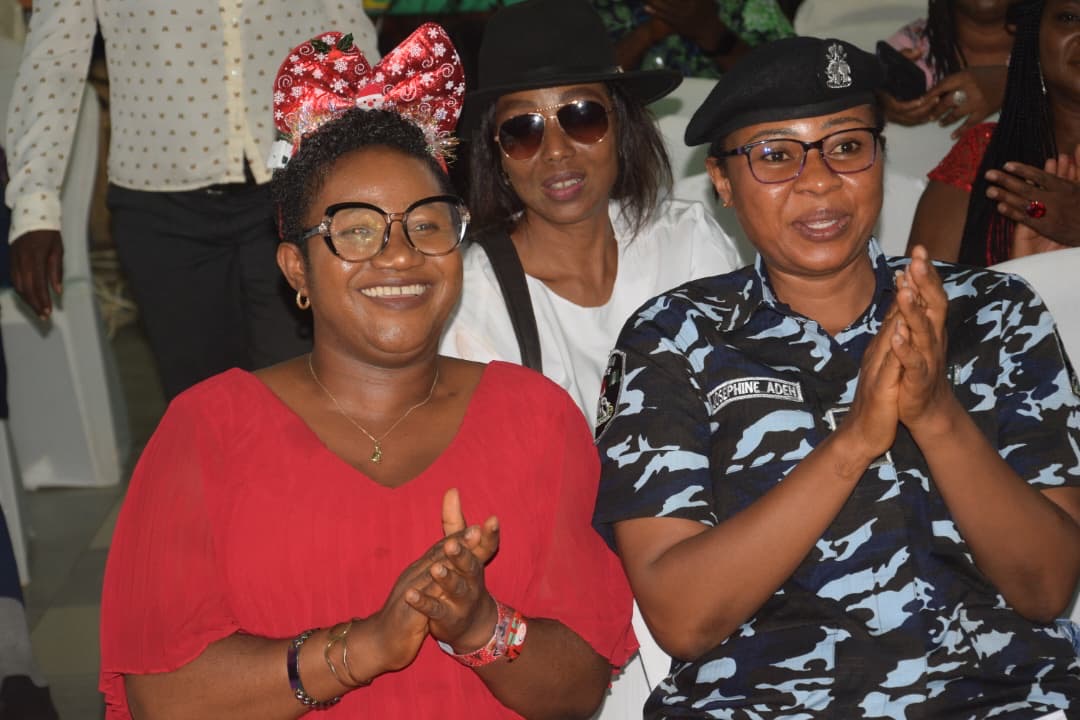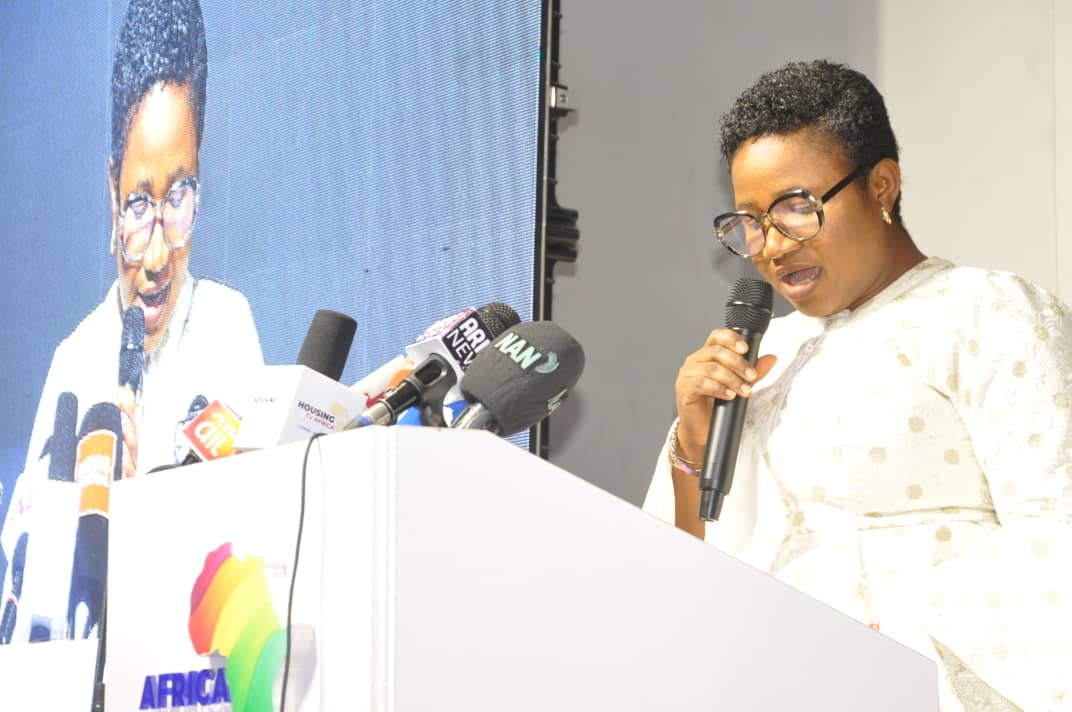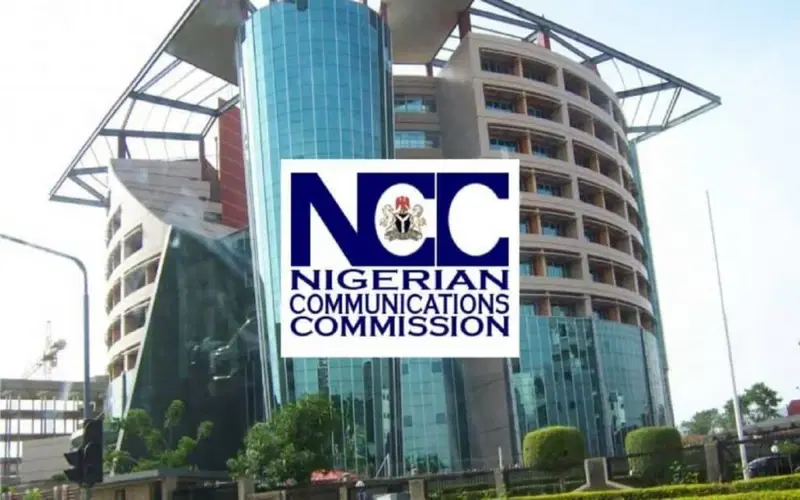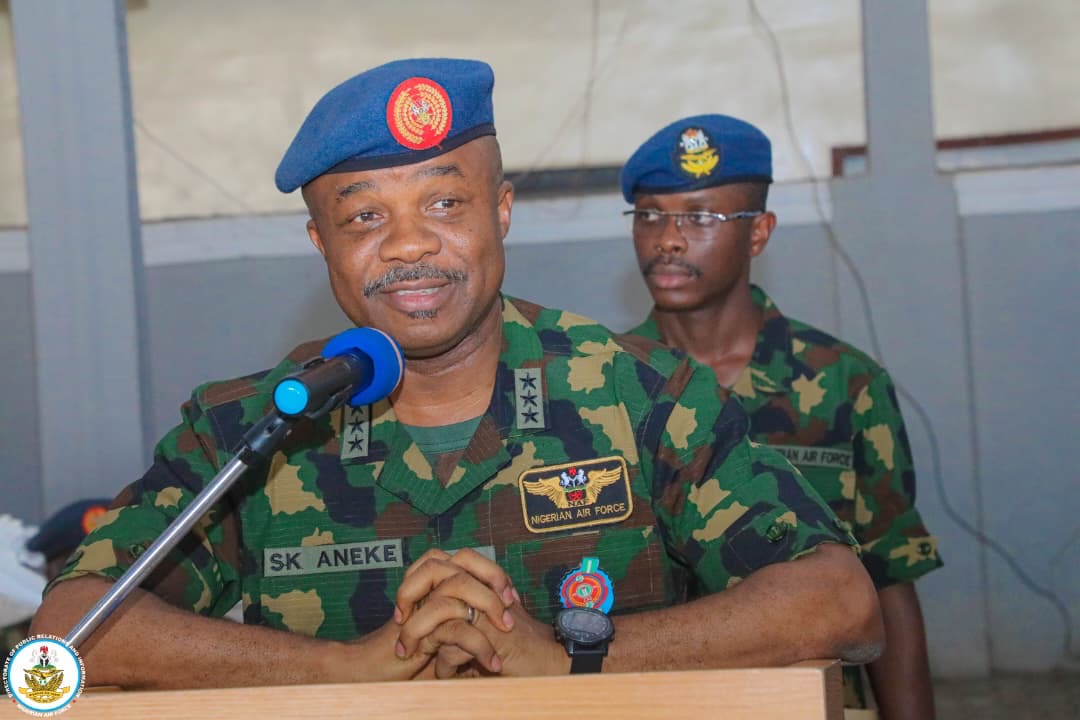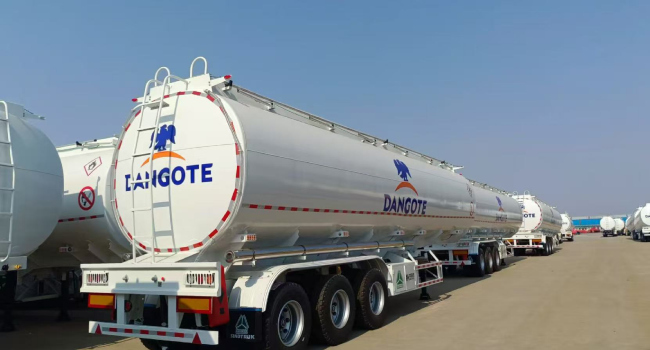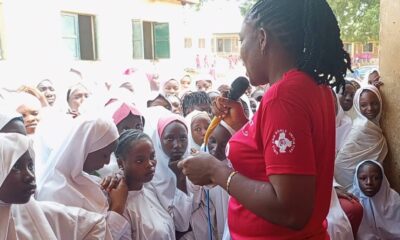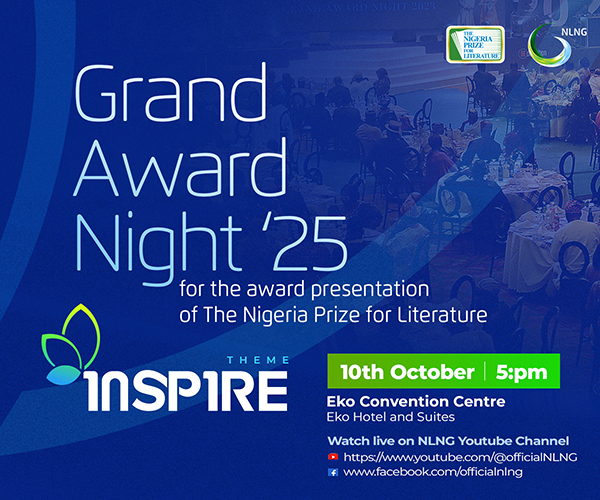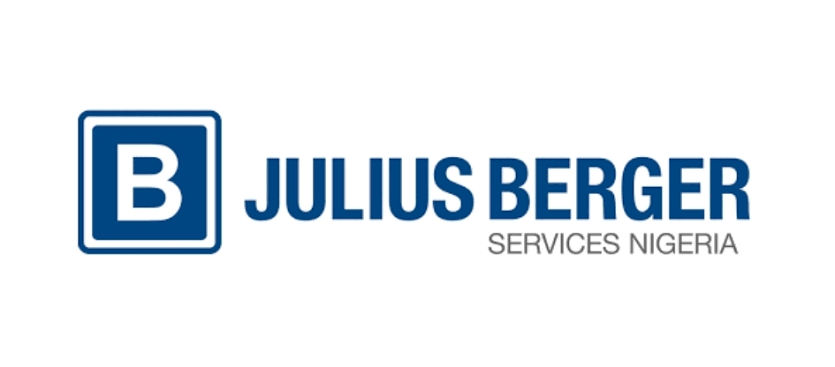Feature
Media And NGOs: Teaming Up To Fix Nigeria

Nigeria, Africa’s most populous nation, is no stranger to challenges. From poverty and unemployment to insecurity and lack of basic amenities, the country faces a mountain of issues that require collective efforts to address. Amid these challenges, two forces have emerged as critical players in driving change: the media and non-governmental organizations (NGOs). Together, they are creating impactful collaborations aimed at promoting peace, fighting poverty, and tackling the societal problems that hinder Nigeria’s progress.
This partnership between the media and NGOs might not always grab the headlines, but its impact is undeniable. While the media amplifies voices, raises awareness, and informs the public, NGOs provide on-the-ground solutions, resources, and advocacy. When they team up, the result is a powerful synergy that can reach millions and bring about tangible change.
The Role of Media in Society
The media in Nigeria is often described as the “fourth estate of the realm,” emphasizing its importance in holding the government accountable, educating the populace, and shaping public opinion. Over the years, Nigerian media has played a pivotal role in shaping the nation’s history, from exposing corruption to rallying citizens during pivotal moments such as the fight for democracy in the 1990s.
Today, its role has expanded beyond politics to include social issues such as poverty, education, health, and security. Through investigative journalism, documentaries, talk shows, and social media campaigns, the media sheds light on areas where help is needed, influencing policymakers and mobilizing communities.
However, the media cannot do it all alone. As storytellers, journalists often need access to reliable data, funding, and networks to effectively drive change. This is where NGOs come in.
How NGOs Complement Media Efforts
NGOs are the boots on the ground, working directly with communities to provide assistance and solutions to societal problems. From distributing food to displaced persons to providing education to underserved children, these organizations often address issues at their roots.
But to scale their impact, NGOs need visibility. Many of their projects and interventions go unnoticed because the public simply doesn’t know about them. Partnering with the media gives NGOs the platform they need to reach wider audiences, secure funding, and attract volunteers.
Take the example of a recent collaboration between a major news outlet and a health-focused NGO. The media house aired a series of reports on maternal mortality in rural Nigeria, using data and case studies provided by the NGO. The result? The reports caught the attention of policymakers, and within weeks, several local governments committed to upgrading healthcare facilities in affected areas.
Promoting Peace Through Collaboration
One of Nigeria’s most pressing challenges is insecurity. From communal clashes to insurgencies, peace is often elusive in many parts of the country. Both the media and NGOs have stepped up to address this issue, often joining forces to promote peacebuilding efforts.
For instance, during the height of the Boko Haram insurgency in the Northeast, the media partnered with organizations like the United Nations Development Programme (UNDP) and local NGOs to spotlight the plight of internally displaced persons (IDPs). Through features, interviews, and human-interest stories, these collaborations not only highlighted the challenges faced by IDPs but also galvanized support from both local and international donors.
Similarly, NGOs working on peacebuilding initiatives rely on the media to amplify their messages of tolerance, dialogue, and reconciliation. Campaigns such as “Nigeria Unite” and “One Nation, One Future” have gained traction thanks to extensive media coverage, which ensures that their messages reach diverse audiences across the country.
Fighting Poverty: A Shared Responsibility
With over 70 million Nigerians living below the poverty line, poverty alleviation remains a priority for both NGOs and the media. This collaboration often takes the form of advocacy campaigns and storytelling.
For example, during the COVID-19 pandemic, the media worked closely with NGOs to highlight the struggles of vulnerable populations. Stories about families unable to afford basic necessities inspired crowdfunding initiatives and donations that reached thousands of households.
In another instance, a partnership between a popular television station and an NGO focused on vocational training helped shine a spotlight on skills acquisition as a pathway out of poverty. The program not only showcased success stories but also encouraged many young Nigerians to enroll in similar training programs.
Addressing Societal Issues Together
Beyond peace and poverty, the media and NGOs also collaborate on issues like education, gender equality, health, and environmental sustainability.
A notable example is the fight against gender-based violence (GBV). Over the years, media organizations have partnered with NGOs to launch campaigns such as “Stand to End Rape” and “Say No to Violence.” These campaigns leverage the media’s reach to educate the public, challenge harmful stereotypes, and demand stricter laws to protect victims.
Similarly, in the area of environmental protection, the media has teamed up with NGOs to advocate for cleaner cities and sustainable practices. Stories about the devastating effects of pollution and deforestation, often backed by NGO research, have spurred government action and citizen involvement.
Challenges in the Collaboration
While the partnership between the media and NGOs holds great promise, it is not without its challenges. One major issue is funding. Both sectors often struggle with limited resources, which can hinder the scale and consistency of their efforts. Additionally, there is sometimes a
lack of trust between journalists and NGO representatives, particularly when it comes to sharing sensitive data or aligning priorities.
Another challenge is the issue of sensationalism. In the quest to attract viewers or readers, some media outlets may exaggerate or misrepresent NGO work, undermining the credibility of the partnership.
To overcome these challenges, both parties must prioritize transparency, mutual respect, and a shared vision for impact.
Looking Ahead: The Future of Media-NGO Collaboration
The collaboration between the media and NGOs is evolving, thanks to advancements in technology and the rise of social media. Platforms like Twitter, Instagram, and TikTok have made it easier for both parties to connect directly with audiences, bypassing traditional gatekeepers.
For instance, a recent social media campaign highlighting the plight of flood victims in Bayelsa State went viral, thanks to coordinated efforts between journalists and NGOs. The campaign raised millions of naira in donations within days, showcasing the power of digital tools in amplifying impact.
As Nigeria continues to grapple with its many challenges, the partnership between the media and NGOs remains critical. By working together, these two sectors can not only raise awareness but also drive real change, one story and one project at a time.
In the end, fixing Nigeria will require all hands on deck. The media and NGOs have already shown what’s possible when they join forces. With stronger collaborations, they can help build a country where peace, prosperity, and progress are within reach for all.
-

 Security2 days ago
Security2 days agoAir Chief orders higher vigilance, commits to modernised air power strategy
-

 NUJ FCT14 hours ago
NUJ FCT14 hours agoNUJ FCT 2025 carol hails Journalists for truth, peace, development
-
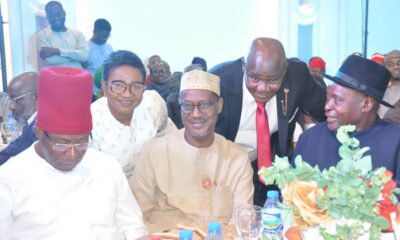
 News13 hours ago
News13 hours agoAfrica faces 130m housing deficit by 2030, $1.4trn in finance gap, minister warns
-

 News13 hours ago
News13 hours agoHousing sector: HDAN vows Zero Tolerance for Scammers, pledges vigilant oversight for professional excellence
-
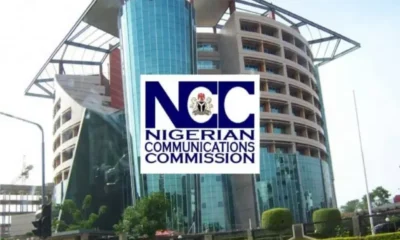
 News1 day ago
News1 day agoDiesel shortage disrupts telecom services in parts of Abuja — NCC
-
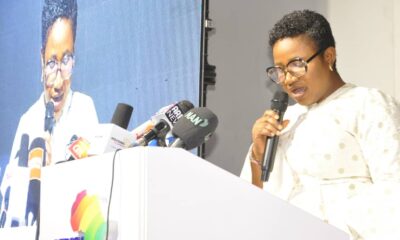
 News1 day ago
News1 day agoGrace Ike makes strong case for journalists’ housing at Africa Housing Awards 2025
-
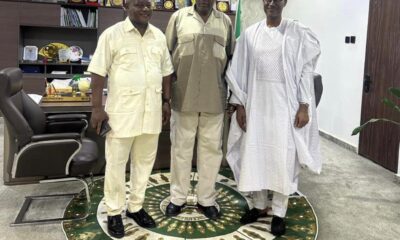
 World News9 hours ago
World News9 hours agoNamibia to tackle 88% urban informal settlements — Sankwasa
-
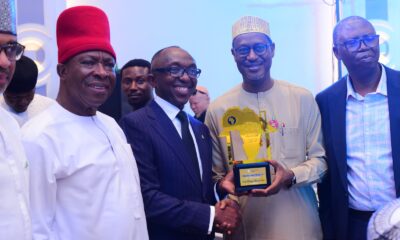
 News6 hours ago
News6 hours agoMOFI CEO Takang wins Housing Finance Personality of the Year 2025

